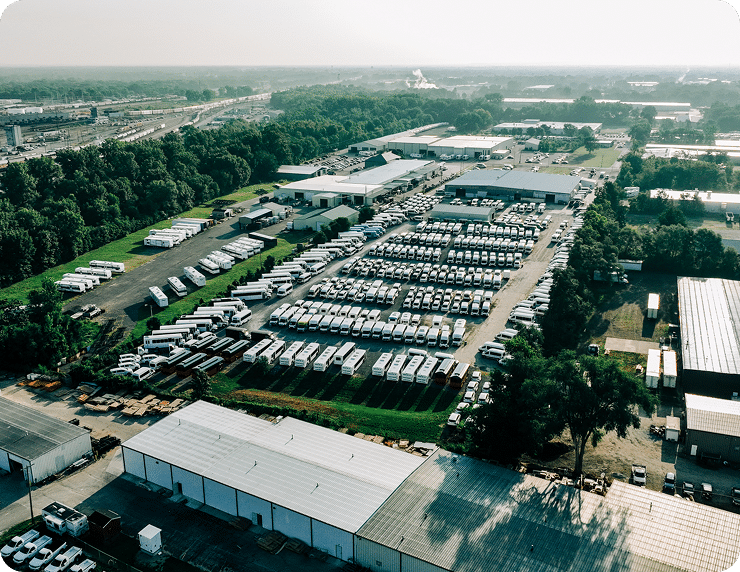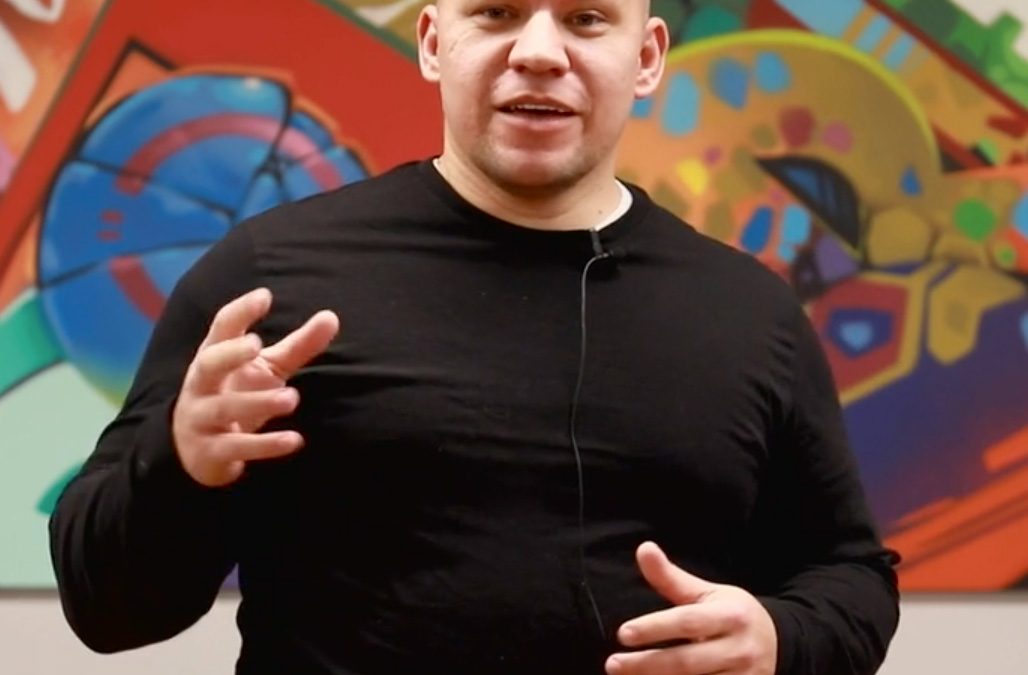Zero-party Data
JOHN GOUGH
Video Transcript
So if you’ve been paying attention to how marketing data is being used by companies in the last year, year and a half, you’ve likely heard a new phrase that’s zero party data. And what zero party data is, is information that you gather directly from a customer the things that they tell you explicitly. And that’s in contrast to first party data, which is the things that you observe about a customer.
So let me give you an example, if I see you wearing a brown jacket, then I have first party data that you like the color brown. You wear the color brown. But if I asked you what your favorite color of jacket is and you tell me it’s brown, then now I have zero party data about your color preferences. And obviously between those two things, the zero party data is going to be more effective for me to use as a marketer when I’m trying to personalize an experience for you. So how would I, if I was going to do this for the first time, operationalize zero party data in my business?
I’d do these following three steps. The first thing I would do is look at my customer journey map and I would try and identify the points or the moments in that journey where if I had a little bit more information about my customer, about what they were thinking about what they were feeling, I would be able to personalize the experience better for them. I would be able to provide a better journey overall. If I can identify that moment, then I now have the question that I want to ask. OK, so that’s step one.
Step two is ask the question. So I would go into any platform that I already have that’s working for me. So if you’re using email, do it in email, if you’ve got a good website, throw a pop up on your website or a chat bot or some other sort of interactive experience. You can even put it on a contact form that already exists and ask this question. So whatever you identified in that first step, go ahead and ask them what they feel about that thing, what they think about that thing that you need to know.
And then we have that information you’re on to step three, which is bring that information into your CRM. And if you’re using HubSpot or Salesforce or whatever you’re using, that should be the place where you are taking the data that you have about customers and you are using it to personalize experiences already. And that sometimes feels or sounds a little bit more complicated than it is.
Really, it amounts to if they have a question about one particular thing and you can build an email workflow that answers those questions. That’s a personalized experience. And so it could be that it could be feeding that new data into the sales team, into the conversations they’re having with customers, whatever you’ve identified again in that journey that you could do better with that data. That’s the thing you’re trying to build back into your CRM.
So that’s step one, two and three, identify the moment, gather the information and then personalize the experience based 0n the new information that you have. So once I have all three of those steps complete, then I feel like I can have a much more personalized experience that I’m able to provide back to the customers across the entire journey.


